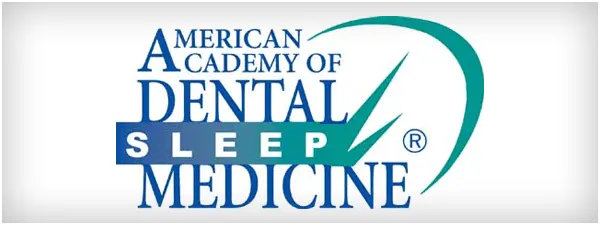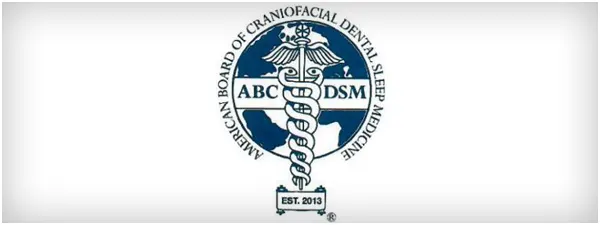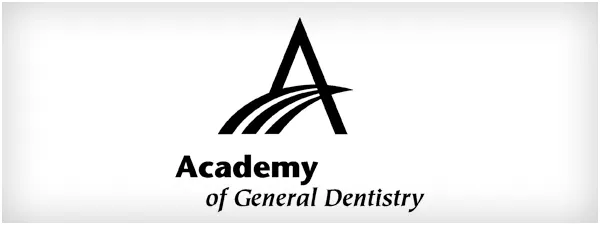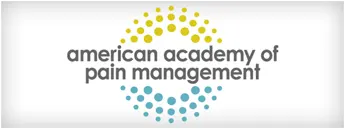TMJ & Sleep Therapy Centre
Request an Appointment Click to CallWhat is Ultra Microstimulation: Understanding the Treatments of Neural Stimulation

Microstimulation is the process of sending small electrical currents to specific regions of the nervous system. This is called “neural stimulation.” There are a number of reasons why someone would undergo this type of procedure.
It’s a popular option in neuroscience to help understand what happens when you stimulate certain parts of the brain.
Neural electrical stimulation treatment is also used to treat certain neurological disorders like Parkinson’s Disease.
In this guide, we’ll focus primarily on how microstimulation is used to treat sleep disorders.
Understanding Ultra Microstimulation and Neural Stimulation in Sleep Therapy
Microstimulation has shown promise in sleep therapy , particularly in the context of treating sleep-related disorders and improving overall sleep quality.
Deep Brain Stimulation or DBS involves implanting electrodes in areas of the brain responsible for regulating sleep. This is typically the thalamus or basal ganglia. By delivering targeted electrical impulses, DBS can help regulate abnormal brain activity and treat conditions like insomnia, sleep apnea, and restless legs syndrome.
Circadian Rhythm Modulation is another use for microstimulation. Circadian rhythms are innate biological timekeepers that govern the alternating periods of sleep and wakefulness within organisms.
Microstimulation can be applied to specific brain areas responsible for circadian rhythm regulation to align sleep patterns with the desired sleep-wake schedule, especially in individuals with irregular sleep patterns due to shift work or jet lag.
Neural Stimulation Examples
If you’re considering a procedure like this, here are some real-life examples of neural stimulation treatments.
Transcranial Magnetic Stimulation
TMS uses powerful magnetic fields to generate electrical currents that run through the brain. This is a non-invasive technique that stimulates neurons on the surface of the brain and helps to treat mental health disorders like depression or anxiety.
Deep Brain Stimulation
We’ve talked a little about DBS already but this is when you insert electrodes deep into the brain that deliver electrical pulses to help control neurological movement disorders like Parkinson’s.
Transcranial Direct Current Stimulation
tDCS supplies low-grade electrical currents to the brain to modulate neural activity. It is used in research and potentially for cognitive enhancement or rehabilitation in some neurological conditions.
Frequently Asked Questions
Here are some of the most frequently asked questions about microstimulation:
What are neural electrodes?
Neural electrodes are devices designed to interact with neurons and record their electrical responses.
What is the purpose of electrical stimulation in the brain?
By artificially generating electrical signals in the brain, you can monitor how the brain reacts to see what types of stimulation you need to send to the brain to get the desired response.
Why use neural stimulation techniques?
These are valuable tools for neuroscience research and the treatment of neurological disorders. They have a ton of real-life applications in pain management, movement disorders, tremors, and cognitive rehabilitation.
Final Thoughts
While microstimulation might sound complex and intimidating, it’s a useful tool in neural stimulation therapy and a variety of other treatments. We offer this in addition to many services that help you live more comfortably and sleep more soundly. Learn more about our services!






